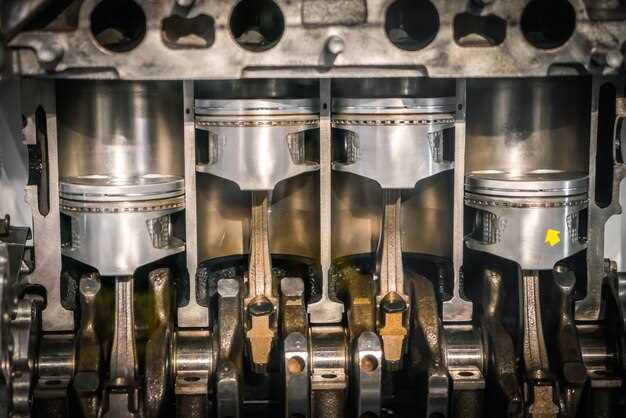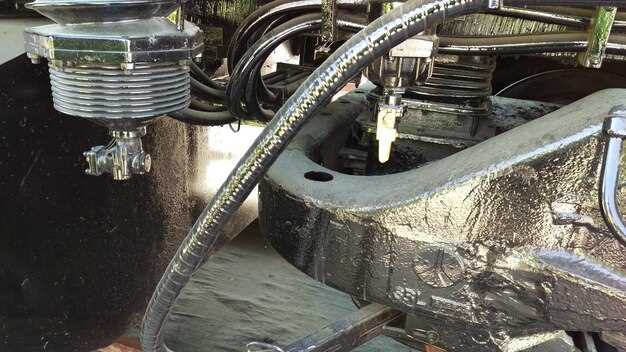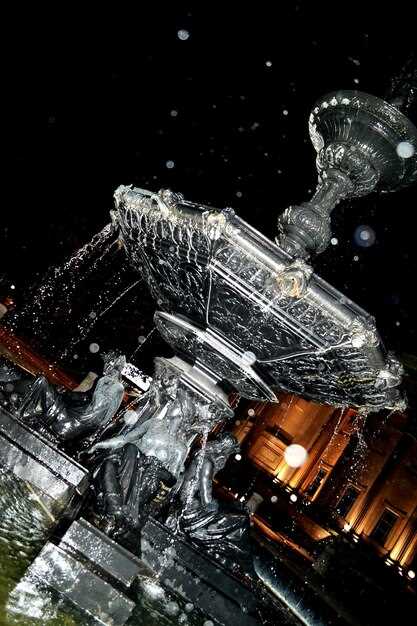

In the realm of diesel engines, particularly those utilized for towing applications, maintaining optimal performance is paramount. One of the essential components that significantly influences the longevity and efficiency of a diesel engine is the transmission cooler. The role of a heavy-duty transmission cooler is critical in dissipating excess heat generated during high-torque operations, ensuring that the transmission fluid remains at an ideal temperature.
Heavy-duty transmission coolers are specifically designed to withstand the increased demands placed on them by larger diesel engines. These coolers effectively manage overheating, which can lead to transmission failure or diminished performance, critical issues when towing heavy loads. By using advanced materials and designs, these coolers enhance the durability and efficiency of the transmission system, allowing diesel engines to perform reliably under strenuous conditions.
As the popularity of diesel engines in towing applications continues to rise, investing in a high-quality transmission cooler is essential for anyone looking to maximize their vehicle’s performance. Heavy-duty transmission coolers not only improve the overall functioning of the transmission but also contribute to better fuel efficiency and reduced operational costs. Understanding the importance of these components can lead to more informed decisions regarding vehicle modifications and maintenance for optimal towing performance.
Choosing the Right Transmission Cooler for Towing Applications

When it comes to towing heavy loads, selecting the appropriate transmission cooler is crucial for maintaining the performance and longevity of your diesel engine. Transmission fluid temperature can rise significantly during towing, leading to potential engine damage if not managed properly. Hence, understanding the requirements for a reliable cooler is essential.
Firstly, consider the towing capacity of your vehicle and the weight of the load you plan to haul. Heavier loads generate more heat, necessitating a cooler with a higher cooling capacity. A larger cooler not only dissipates heat more effectively but also maintains optimal transmission fluid temperatures during prolonged towing.
Next, evaluate the type of transmission cooler that best fits your needs. There are two main types: air-to-oil coolers and liquid-to-liquid coolers. Air-to-oil coolers utilize airflow to lower fluid temperatures and are ideal for towing in moderate conditions. In contrast, liquid-to-liquid coolers connect to your vehicle’s radiator and provide more consistent cooling, making them suitable for heavy-duty towing scenarios.
It is also important to check compatibility with your diesel engine. Ensure that the chosen transmission cooler is specifically designed for your vehicle model. A proper fit ensures optimal fluid flow and prevents overheating, which is particularly important during long hauls or steep inclines.
Finally, consider additional features such as built-in thermostats and multi-pass designs. These features enhance cooling efficiency by allowing the fluid to pass through the cooler multiple times, increasing heat exchange. Investing in a quality transmission cooler tailored for towing applications can enhance performance, reduce wear and tear, and ultimately prolong the life of your diesel engine.
Installation Tips for Increased Durability and Performance
Proper installation of a heavy-duty transmission cooler is essential for enhancing the durability and performance of diesel engines, especially when towing. Here are some critical tips to ensure optimal function:
1. Choose the Right Location: Install the cooler in a well-ventilated area, preferably in front of the radiator or within the airflow path. This placement maximizes cooling efficiency. Avoid obstructing the airflow with other components.
2. Secure Mounting: Ensure that the cooler is securely mounted to prevent vibrations and movement during operation. Use sturdy brackets and hardware that can withstand heavy-duty use, especially during towing.
3. Use High-Quality Hoses: Select hoses designed for high-pressure applications. Ensure they are rated for the temperatures and pressures expected in a diesel setup. This prevents leaks and maintains the integrity of the cooler system.
4. Proper Line Routing: Route transmission lines away from hot engine parts and sharp edges that could cause wear. Maintain a gradual curve in the hoses to avoid kinks, which could restrict fluid flow.
5. Ensure Adequate Fluid Flow: Check for any blockages in the lines and ensure that fluid can flow freely through the cooler. A restriction can lead to overheating and reduced performance during towing.
6. Consider Additional Cooling Accessories: Depending on your specific towing needs, consider adding a fan to the cooler. This can provide auxiliary cooling during stop-and-go situations where airflow is limited.
7. Regular Maintenance Checks: After installation, schedule regular inspections of the cooler and associated hoses. Look for signs of wear or leaks that could hinder performance and act quickly to address them.
Following these installation tips will help you enhance the effectiveness of your heavy-duty transmission cooler, leading to improved durability and performance for your diesel engine, particularly under towing conditions.
Common Issues with Transmission Coolers and How to Resolve Them

Transmission coolers play a vital role in maintaining optimal temperatures in diesel engines, especially when towing heavy loads or performing demanding mods. However, several common issues can arise with these coolers, impacting performance and reliability.
1. Clogging: Over time, transmission coolers can become clogged with debris, dirt, and other contaminants. This restricts the flow of transmission fluid, leading to overheating and potential damage. Regular maintenance, including flushing the cooling system and inspecting the cooler for blockages, can help prevent this issue.
2. Leaks: Leaks in the cooler, often caused by corrosion or physical damage, can result in low fluid levels, overheating, and inadequate lubrication. To resolve this, inspect the cooler for cracks or worn-out seals and replace any damaged parts as necessary. Utilizing a high-quality cooler designed for towing applications can reduce the risk of leaks.
3. Inefficient Cooling: Inadequate cooling can occur due to poor airflow or incorrect installation. Make sure the cooler is appropriately mounted in a location with sufficient airflow and is free from obstructions. Upgrading to a larger or more efficient cooler can also improve cooling performance, especially for vehicles frequently used for towing.
4. Overheating: Overheating can be a result of excessive towing or poor fluid circulation. Regularly check the fluid levels and quality; old or burnt fluid can impair cooling efficiency. Consider installing a heavy-duty cooler or additional mods, such as an auxiliary cooler, to enhance transmission cooling capacity during towing activities.
5. Fluid Contamination: Contaminated transmission fluid can cause wear and tear on the transmission and cooler. Regular fluid changes and utilizing quality transmission fluid designed for heavy-duty applications can help avoid this issue. Additionally, using a filter that effectively traps contaminants can protect the cooler and the entire transmission system.
In summary, addressing these common issues with transmission coolers can significantly enhance the performance and lifespan of diesel engines, especially when equipped for towing and mods. Regular maintenance and timely upgrades are essential to ensure your vehicle operates smoothly under demanding conditions.






